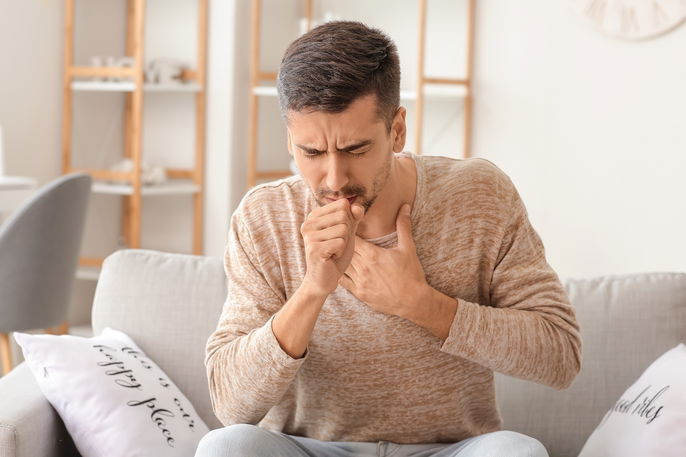Pneumonia treatment typically involves the use of medications (like antibiotics or antivirals), hydration and rest. More severe cases of pneumonia may require treatment with oxygen, mechanical ventilation or even surgery.
Treatment for pneumonia should be guided by a family doctor or lung specialist. It may vary slightly depending on whether the pneumonia is caused by a viral or bacterial infection.
If you suspect you may have pneumonia, you are advised to see a doctor for assessment. However, more severe symptoms, like shortness of breath or difficulty breathing should be assessed urgently in a hospital setting.

Treatment options
Pneumonia treatment that your doctor may consider prescribing includes:
1. Medications
The medications your doctor decides to prescribe for pneumonia treatment will depend on the type of pneumonia you have, the severity of the condition, and the symptoms you may have.
The most recommended medications for pneumonia include:
- Antibiotics: indicated mainly in cases of suspected bacterial pneumonia
- Antivirals: (e.g. oseltamivir), indicated especially in cases of viral pneumonia that is caused by the influenza virus;
- Antipyretics: (e.g. acetaminophen) indicated to treat fever;
- Bronchodilators: indicated in cases where pneumonia causes bronchospasms or shortness of breath
Treatment for bacterial pneumonia with antibiotics normally takes 5 to 7 days. More serious cases require hospital admission with IV medications for up to 21 days. Learn more about the antibiotics for pneumonia that you doctor may prescribe.
2. Hydration
In case of pneumonia, it is important to drink plenty of fluids to avoid dehydration. However, especially in people admitted to the hospital and who cannot tolerate the intake of liquids due to discomfort in breathing, the use of serum directly into the vein may be indicated.
3. Rest
Resting is important to promote a speedy recovery. Physical activities should be restarted gradually, as tolerated, especially after recovering from severe pneumonia.
4. Optimal diet
You should opt for foods with nutrients, like omega 3 and vitamin E, that are naturally anti-inflammatory and ca help reduce inflammation in the body. Some examples include sardines and avocados but check-out a more complete list of anti-inflammatory foods you can include in your meals.
5. Oxygen therapy
Oxygen therapy is typically indicated in cases where pneumonia causes symptoms such as shortness of breath or increased work of breath. It consists of using oxygen through a nasal cannula or a mask to promote optimal gas exchange.
6. Mechanical ventilation
Pneumonia can make it difficult for the lungs to function normally, and mechanical ventilation may be necessary to support the patient and ensure adequate gas exchange.
More serious cases may even require admission to an intensive care unit for intubation, to ensure oxygen is pumped directly to the lungs.
7. Surgery
Surgeries may be required for cases of pneumonia that lead to complications, like a pleural effusion or the accumulation of pus. The doctor may order the placement of a chest tube, for example, or to place chest tube or surgical removal of scar tissue.
8. Respiratory physiotherapy
Respiratory physiotherapy is important especially in more serious cases of pneumonia, which is associated with pulmonary sequelae and may impair breathing movements. This form of treatment helps to strengthen muscles that are needed for breathing, while also promoting the elimination of secretions from the airways.
Also check-out some home remedies for pneumonia to help get rid of it faster.
Can I leave the house with pneumonia?
Ideally, when treating pneumonia, you should remain at home to rest. This will ensure a good recovery, especially if you have a fever and cough. Recovery time can vary from person to person - some people are able to return to their normal routine within a few weeks, while others only feel better after a month or more.
Most people continue to feel tired for around a month, which is why adequate rest is important to ensure that symptoms improve and to prevent relapses and worsening.
Signs of improvement and worsening
Signs of improvement include easier breathing and a reduction in fever. Phlegm from pneumonia will also undergo a color change, from greenish, to yellow, to whitish and finally transparent, until it disappears.
Signs of worsening are more frequent when treatment is not started soon enough or when the patient has an immune disease. Worsening can present as an increase in phlegm, the presence of blood in the phlegm, a worsening fever and increased shortness of breath. In these cases, it is usually necessary to stay in hospital to begin treatment with IV medication, which is more effective.






























